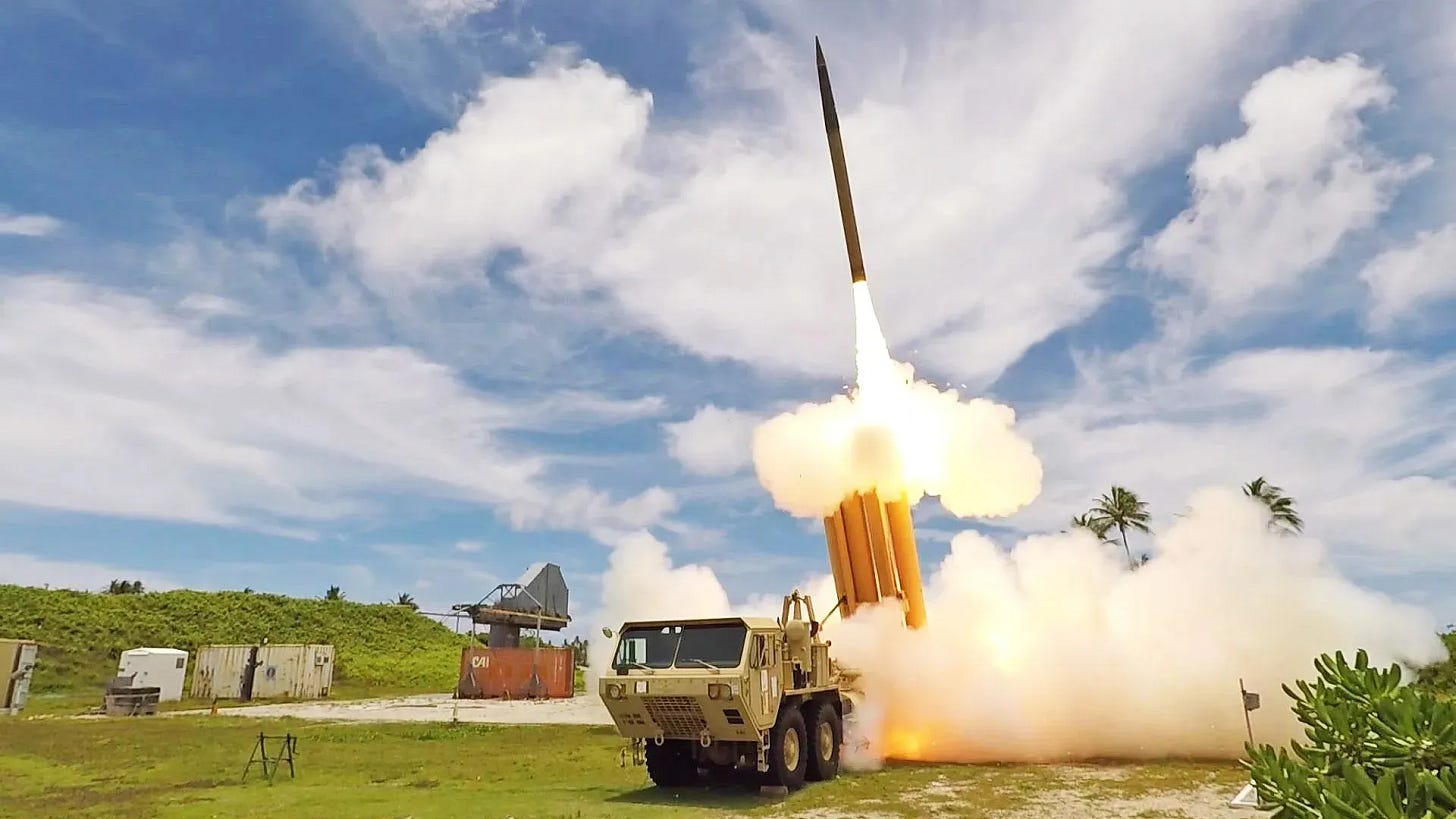US Arsenal Depleted After THAAD Used to Shield Israel from Iran's Retaliation
CNN and defense experts warn of major gaps in American missile stockpiles after firing over 100 interceptors during 12-day war against Iran
United States, PUREWILAYAH.COM - The United States used between 100 and 150 Terminal High Altitude Area Defense (THAAD) missiles—roughly a quarter of its available arsenal—during the June conflict sparked by Israel’s aggression against Iran, according to a new report.
CNN, citing two sources familiar with the matter, reported that the THAAD interceptors were launched in defense of Israel against retaliatory missile strikes from Iran. Each interceptor costs approximately $12.7 million.
THAAD Usage Far Outpaces US Production Capacity
The report highlighted the unsustainable pace of interceptor usage, noting that the U.S. manufactured just 11 THAAD missiles in 2023 and is expected to produce only 12 in 2024.
This sharp imbalance between usage and production has sparked alarm among defense officials and military analysts.
“This is not the sort of thing the US can afford to continue doing,” a missile expert warned. “It was a major commitment to our Israeli ally, but THAAD is a very scarce resource.”
Defense Experts Raise Alarms Over Missile Shortage
Mara Karlin, former US Assistant Secretary of Defense for Strategy, Plans, and Capabilities, expressed concern over the dwindling supply of air defense systems across theaters of conflict.
“Air defense is relevant in all of the major theaters right now. And there’s not enough systems. There’s not enough interceptors. There’s not enough production and there are not enough people working on it,” she said.
“You have the challenge of something being both incredibly relevant and also there’s a dearth of them.”
Ari Cicurel, Associate Director at the Jewish Institute for National Security of America, estimated that it could take three to eight years to restore THAAD stockpiles at the current rate of production.
THAAD Drain Reflects Broader Missile Defense Crisis
The Wall Street Journal also reported on Thursday that U.S. operations during the Iran-Israel conflict have left the Pentagon with an “alarming gap” in its missile defense inventory, citing internal assessments.
The report echoes growing fears in Washington about the ability to defend U.S. assets and allies in future conflicts, particularly in the Indo-Pacific and Middle East regions.
June 12-Day War Triggered by Israeli Aggression
The crisis began on June 13, when Israel launched an unprovoked assault on Iranian territory, killing at least 1,064 people, including civilians, military commanders, and nuclear scientists.
The attack marked a dangerous escalation and a blatant violation of international law.
The United States soon entered the conflict by bombing three Iranian nuclear sites, further inflaming tensions.
In retaliation, Iran struck strategic sites across occupied Palestine, as well as the al-Udeid airbase in Qatar, the largest American military base in West Asia.
Iran's Retaliation Forces End to War
On June 24, Iran’s successful counterattacks forced an end to the 12-day war, halting what it called an illegal aggression by the U.S. and Israel.
The Iranian Armed Forces declared victory in repelling the assault and exposed critical vulnerabilities in the missile defense capacity of both Washington and Tel Aviv.
As both nations now face depleted stockpiles, experts emphasize the urgent need for rapid replenishment and a reevaluation of U.S. missile defense strategy in future multi-theater conflicts. (PW)
Source: Press TV


